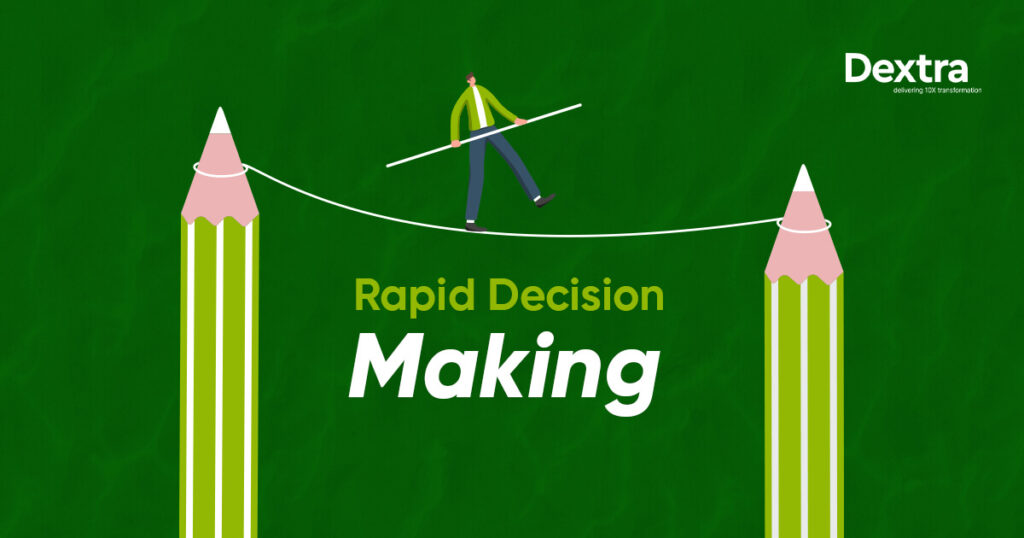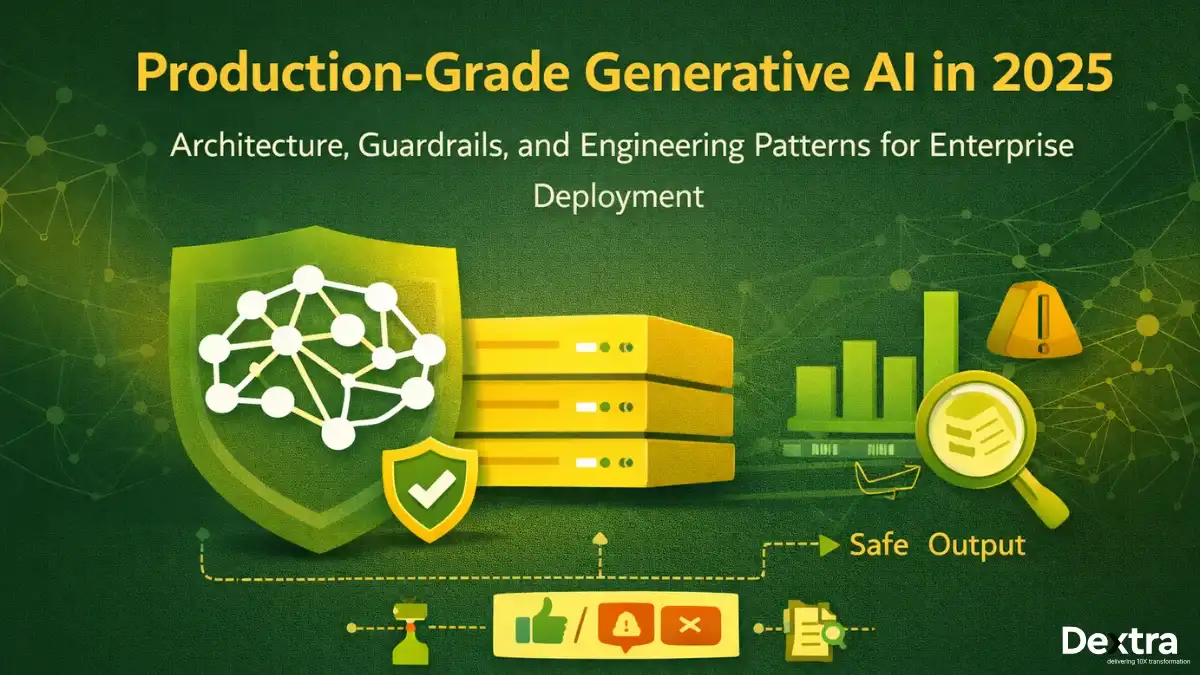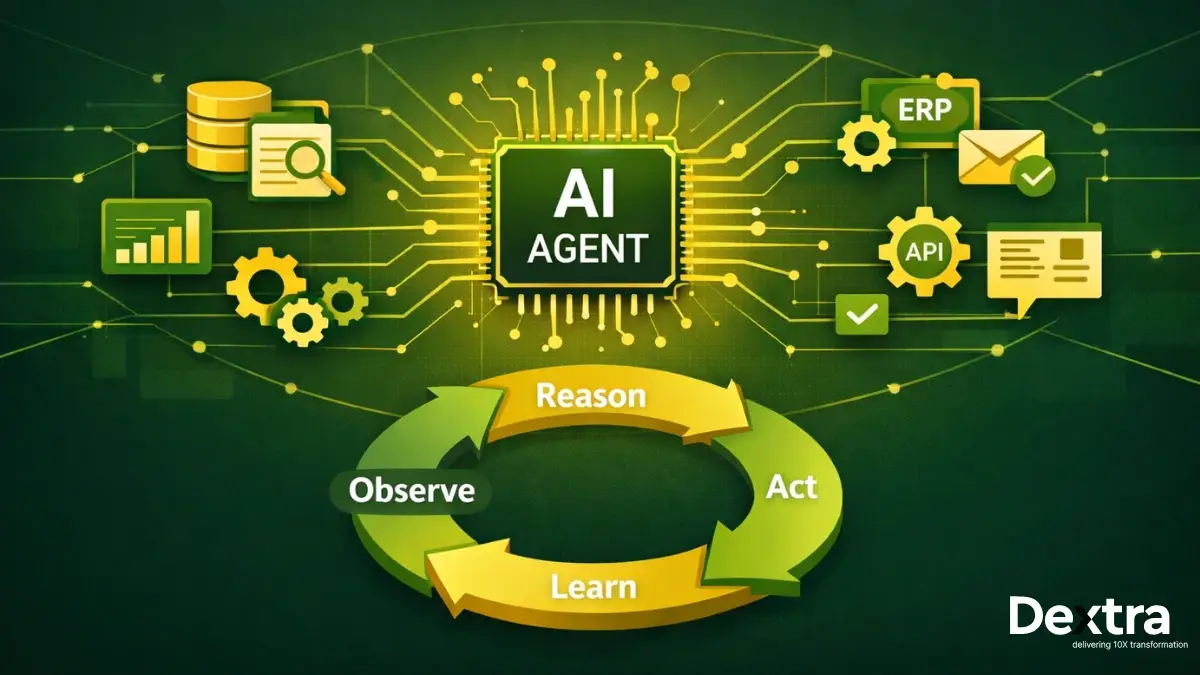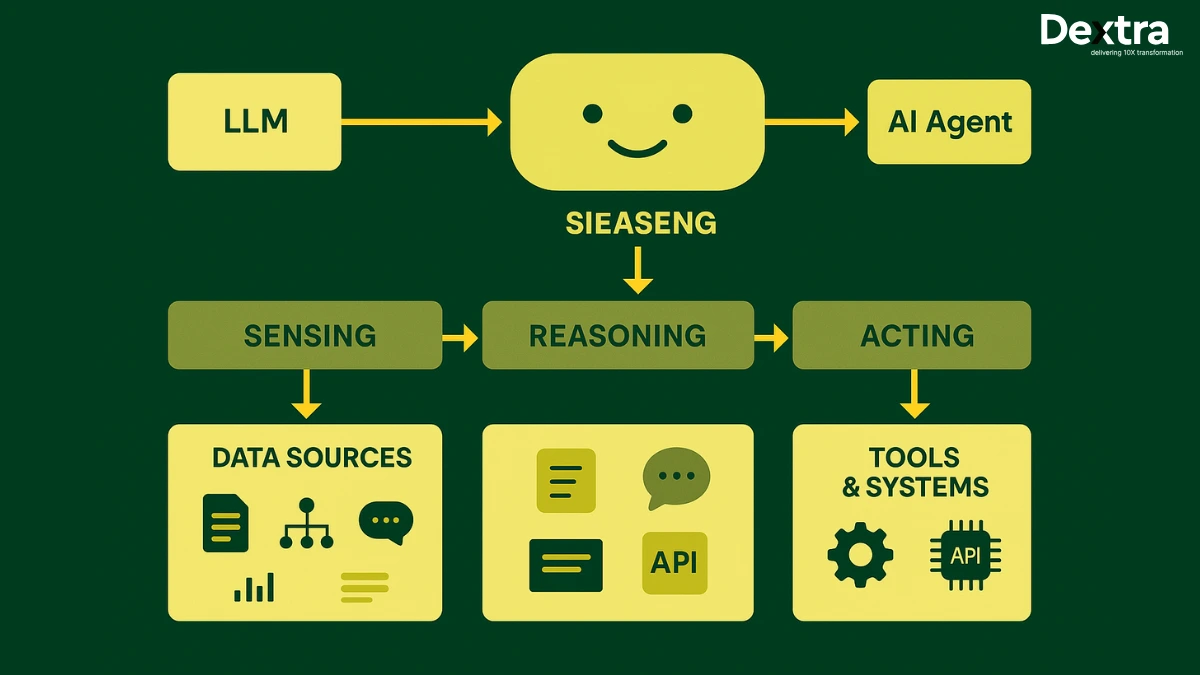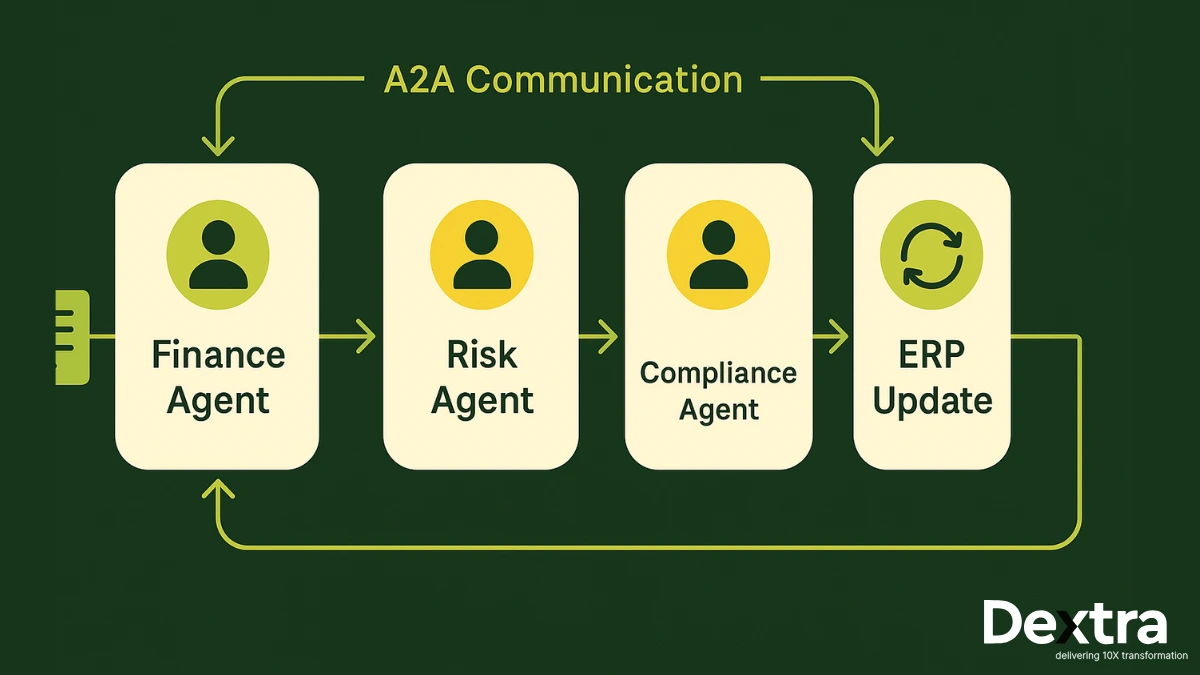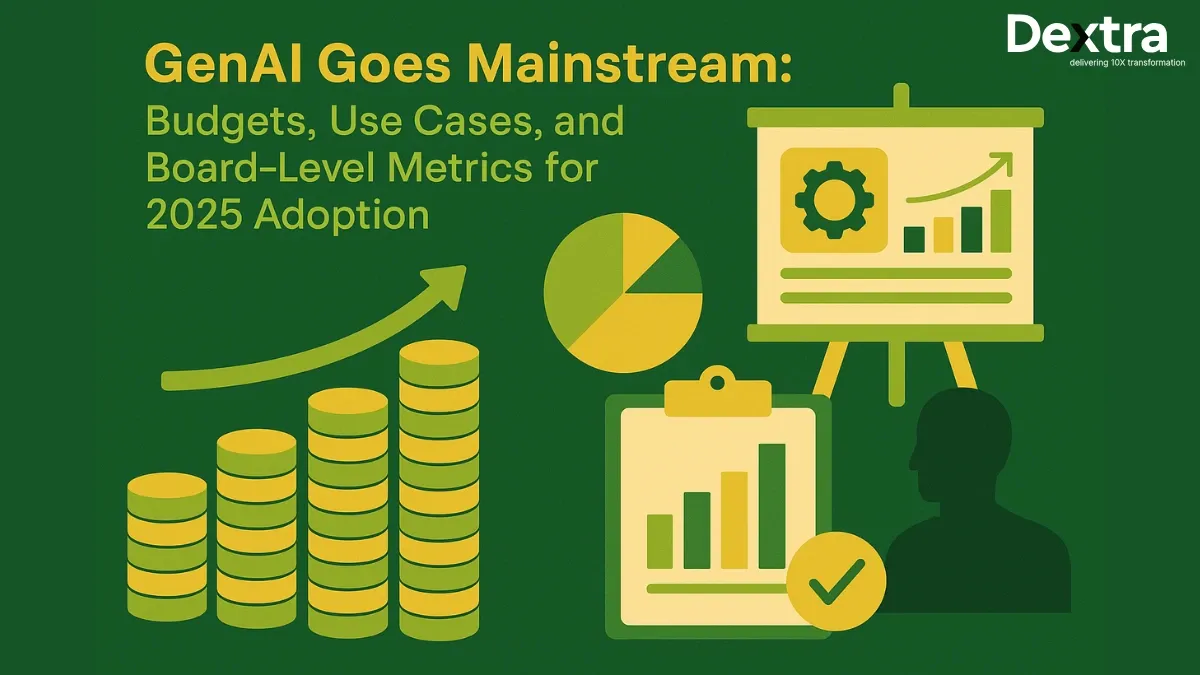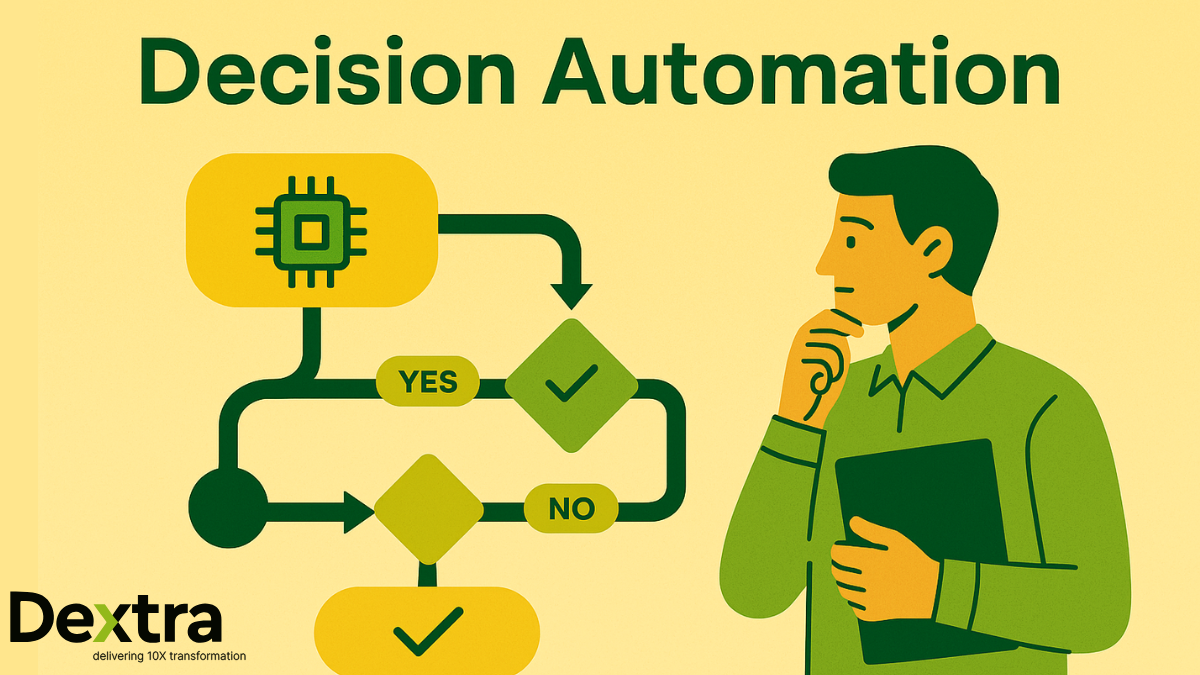Rapid decision-making is an essential integration in today’s businesses and scalable performance in the hyper-paced digital implementation for successful management and operational activities. It is the crucial time between choosing and ultimately deciding on maximum growth or indulging in professional activities in the competitive world. The narrow choice in making a business decision helps and promotes financial channels, but it can damage the project in case of an unfavorable decision. However, it is essential to measure the qualities of a decision-maker and evaluate their core skill and industrial knowledge, resonating with their choice of making final decisions.
This article elaborates on the core understanding of RAPID decision-making, the categories and types for the ideal choice of business integrations, and the benefits of today’s financial activities for maximum business growth and a scalable position.
What is Rapid Decision-Making?
The theory of making decisions covers many factors. Still, among all the methodologies, RAPID decision-making is considered one of the most prominent in making exact final decisions in the light of limited resources and data management. With the art of crafting accurate information and filtering the raw information and data available, an expert can finalize the data by making an ultimate decision for the company’s benefits and smooth operational channels. These decisions are usually made, the prompt actions are needed for execution under any project operation to accelerate the operations or urgent project completion in tight deadlines.
The term RAPID covers almost all industries that foster their business operations, whether manufacturing or services. These industries need an expert team to make company-benefitting decisions that ensure the successful running of business entities. Therefore, RAPID plays a vital role in monitoring and holding a significant position in process management with minimal industrial risks.
How Does the Rapid Decision-Making Model Work?
The systematic approach to making decisions and the following ways to implement them for final execution consists of five principles that provide essential information in perceiving the inputs and outputs. Let’s explore the details of these five pillars of decision-making processes.
1- Recommendation Framework
This framework deals with the primary functions in the decision-making formula. In this process, the decision-making experts are provided with quality information and clear direction to decide. Therefore, a strong and compatible expert is eligible to transform this information into valuable decisions.
This segment deployed the authority to experts among competent candidates to recommend someone reliable for the final decision and hand over confidential information. The decision-making expert’s primary responsibility is to instill confidence in the employer or business owner.
When information filters, companies might gain new insights from providing facts and figures. Based on the best-match recommendation, they can craft beneficial decisions for smooth operation.
2- Agree Framework
The second framework is the “Agreed” term, a feasible form of the recommended reaction. All the vital information collected at the recommendation stage can enhance the agreed-upon portion for shaping the ultimate decision. This role highlights the key roles and information for the relevant portion of meeting the project’s core requirements, aligning the choices with the final decision, and maximizing the inputs.
Most of the time, we do not need the agreement portion if we achieve clear options and information for final results based on accurate and raw information and data. Subsequently, if we cannot evaluate the essential information at the recommendation stage, we should refer the team to the agreed-upon stage for further evaluation.
3- Perform Framework
The word “Perform” means the action to take on the final decision after the agreed-upon note of the decision team. Teams have to complete all the assessments before performing the work and starting their operational goals. If the performance framework starts, the operational and manufacturing teams don’t have time to re-examine the project. This is one of the crucial stages in the decision-making model.
4- Input Framework
This part of the decision-making model refers to the input decision for starting the project under dedicated terms and control over the project line. It includes all the essentials and necessary action details for a successful operational boost to scale the business in a well-researched market analysis.
The input stage in the operational line can be initiated by a single decision maker or multiple faces. The required function of these qualities can be added to include more members. This is an insightful role in the whole decision-making model for agility in the working framework and obtaining quality results with dedicated research to make the ultimate decision.
5- Decide Framework
The final and most highlighted framework in the light of decision-making and ultimately implementing the complete decision into the business functions. The scalability can be achieved with the help of this final stage of the decision-making framework.
In this method, the business owner can assign or deploy someone to make decisions using the informational and processed data lines.
Types of Decision-Making Models
1- Economic Model
This is the most basic and essential model, also known as a rational business model. These models are primarily used for their maximum utility in providing accurate information, filtered data, and valuable resources.
In another context, rationality means filtering the information through raw data and information; a decision-maker only thinks about a single objective and neglects all the other subjective parts, which transforms the attention to the one highlighted object.
2- Herbert Simon’s Model
Herbert Simon, an American computer influencer, delivers this methodology in the decision-making process; this model is considered the most advanced picture of rationality decision-making and covers significant aspects in the range of available data and maximum coverage. There are some highlights of this model:
- In light of all available objectives, decision-making only refers to those objectives that are highly important and good enough to make a decision.
- Obtaining the primary goal of making competitive decisions involves many functions, each crucial to the other, but filtering the data and information can help the experts make a beneficial decision.
- Maximum satisfaction can maximize the capability and bring productive results without focusing on all the objectives.
- Experts consider their minds before deciding that they are empty. They bring into focus only a single frame of thought for maximum growth.
3- Neurocognitive Model
The neurocognitive model is a systematic approach to separating the unimportant position from the critical segment of the product. The experts evaluate the core importance of the subject, overlooking the project details, to achieve remarkable results in the specific field of business activities.
4- Rule-Based Model
One of the significant approaches in decision-making terminologies, which helps in making business decisions under the set line of rules to process the information and evaluate the details for final output to secure a sustainable decision.
Benefits of Rapid Decision-Making
- Enhance Productivity and Efficiency
- Controlling Risk Management
- Overcoming Business Crisis
- Sharpening Decision-Making Skills
- Cost Effectiveness
- Goals Achievements Excellency
Disadvantages of the Rapid Decision-Making Process
- Increasing Risk and Errors
- Non-Collaborative Environment
- Lack of Long-term Scalability
- Staggering Project Speed
- Risk of Overconfidence
Decision-Making Softwares
The market has tools and software for controllable business action and scaleability to maximize its potential. Many tools can help you obtain quality information from your inputs and filter your inputs into useful information. Many companies hire software experts to improve their information processing.
How can the Rapid Decision-Making Model Help Businesses?
It can help you align the business activities for deliverable action through information filtration and a successful operational process for maximizing the inputs. These key functions can play an assistive role in improving accountability checking over all the business activities and ultimately promote team collaboration among all the managerial, supervisory, and operational workers.
FAQ’s
Q. What are the RAPID acronyms in the decision-making model?
The term RAPID stands for R=recommendation, A=Agree, P=Perform, I=Input, and D=Decision. These are the five critical functionalities in making quality decisions and the divided roles in implementing these functions.
Q. Which businesses are benefitting from RAPID decision-making?
RAPID was initially started in retail, but now it covers almost every business entity to achieve scalable and sustainable business performance. These activities can play a very beneficial role in the final integration and can help the business grow organically.
Q. How can a RAPID decision be more effective?
RAPID involves all the basic to advanced functions based on the project requirements. These stages can help evaluate the desired action taken under the supervision of experts. Therefore, the decision can be obtained under a quality information approach to the next stage for the final decision stage.
Wrapping Notes
In today’s fast-paced digital era, businesses are finding it difficult to sustain because the market is saturated, and many competitors are making it hard to maintain in the long run. Therefore, a robust market analysis and prompt decision can help businesses grow and leverage their scalable performance. Companies hiring experts to see the potential and gap in the market can assist you in making quality decisions for the market-needed products to go in the long-term business activities.
This article resonated with the updated marketing trends for the best suitable business option, quality decision-making approaches under the best fundamentals to grow your business, and how to obtain accurate information through a narrow eye. There a many benefits of RAPID decision-making terminologies. You can integrate this strategy into your activities for much brighter performance in the market.

